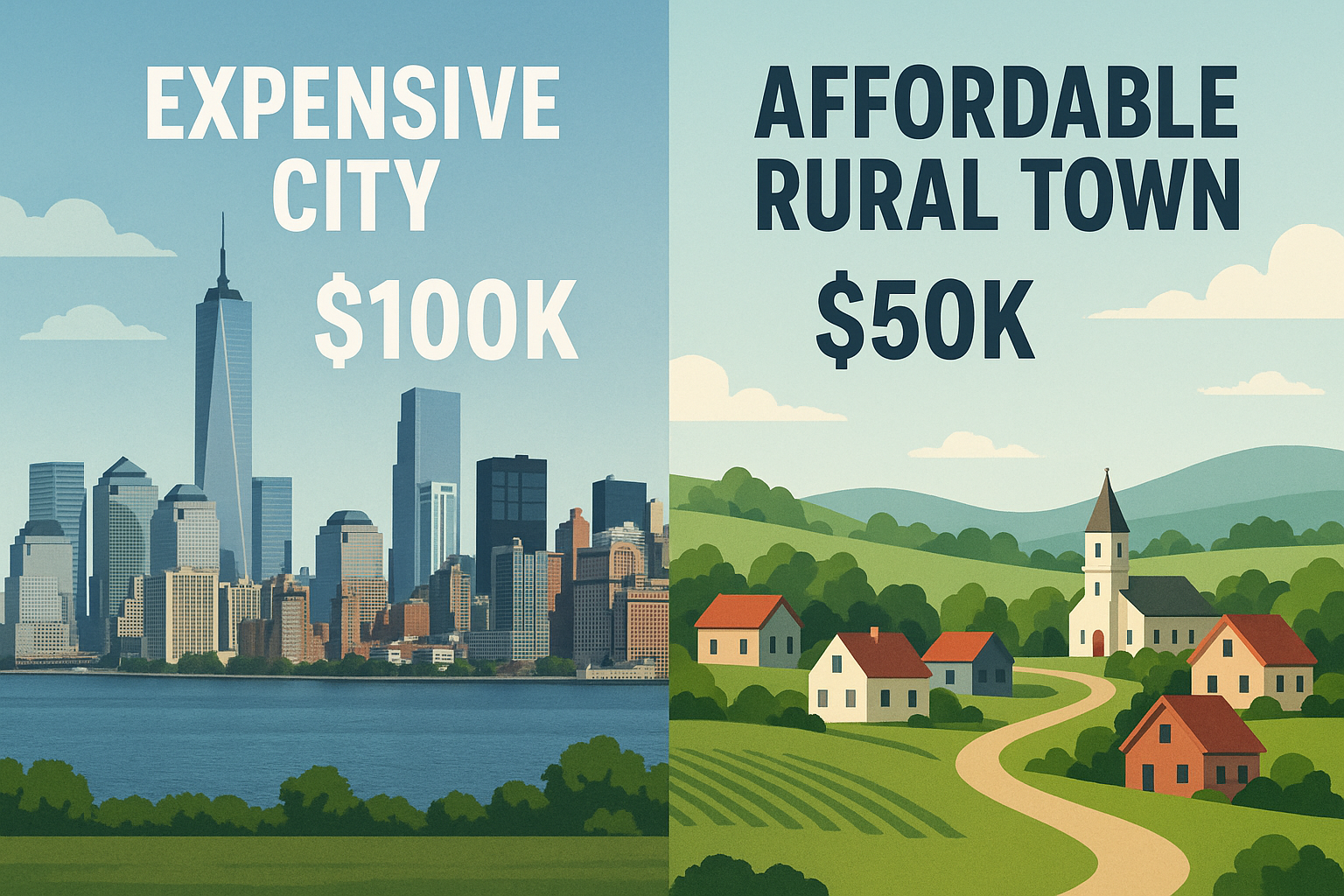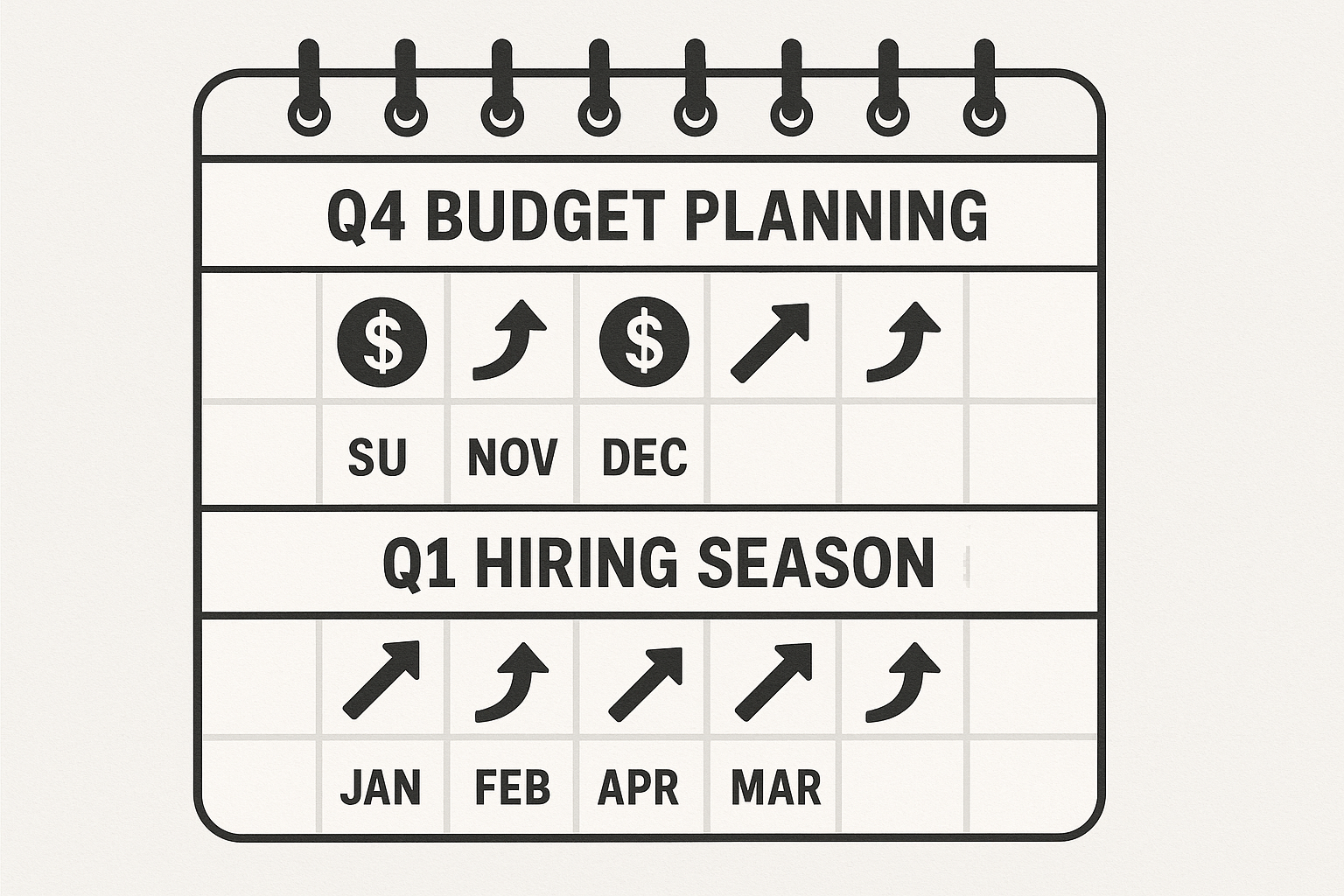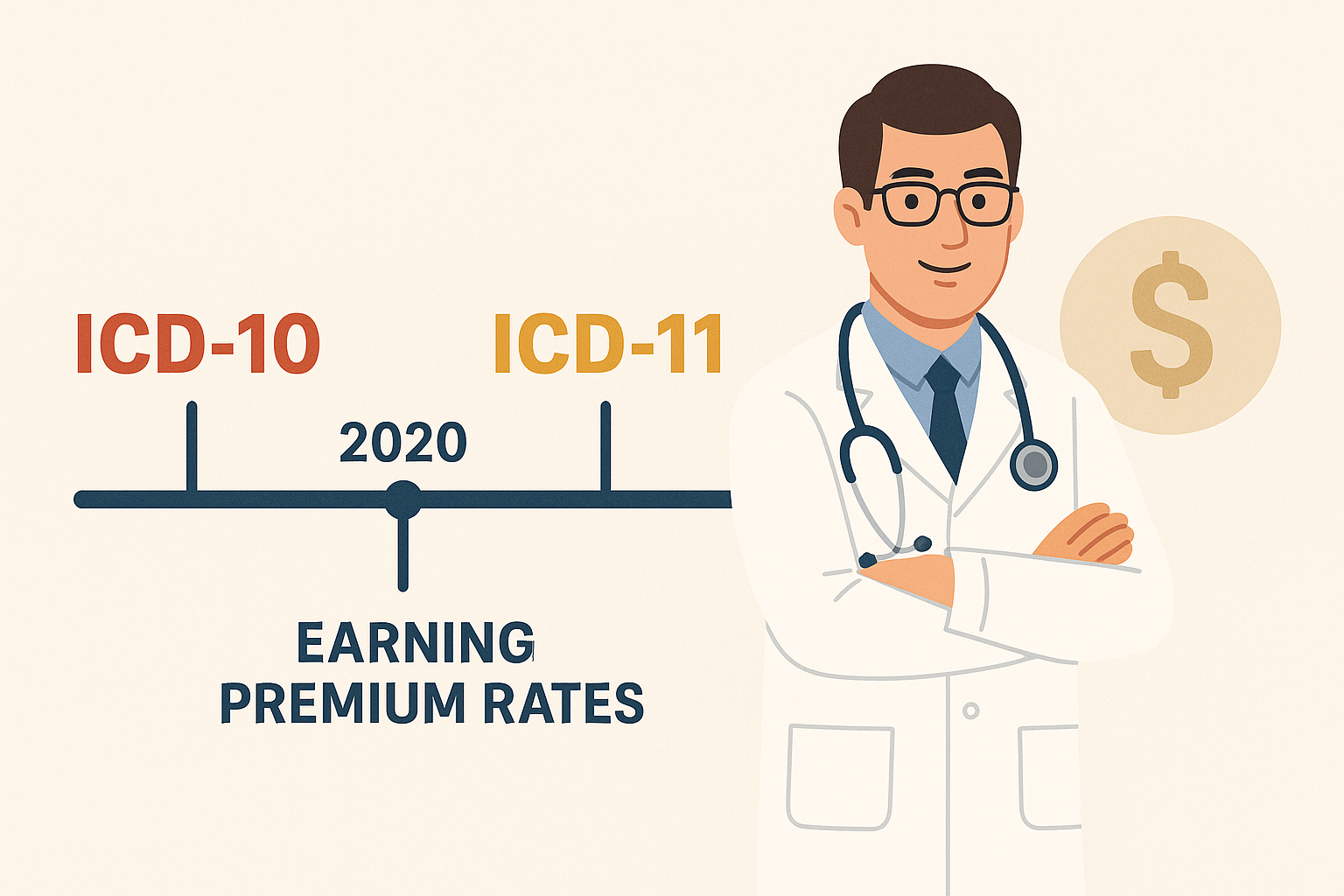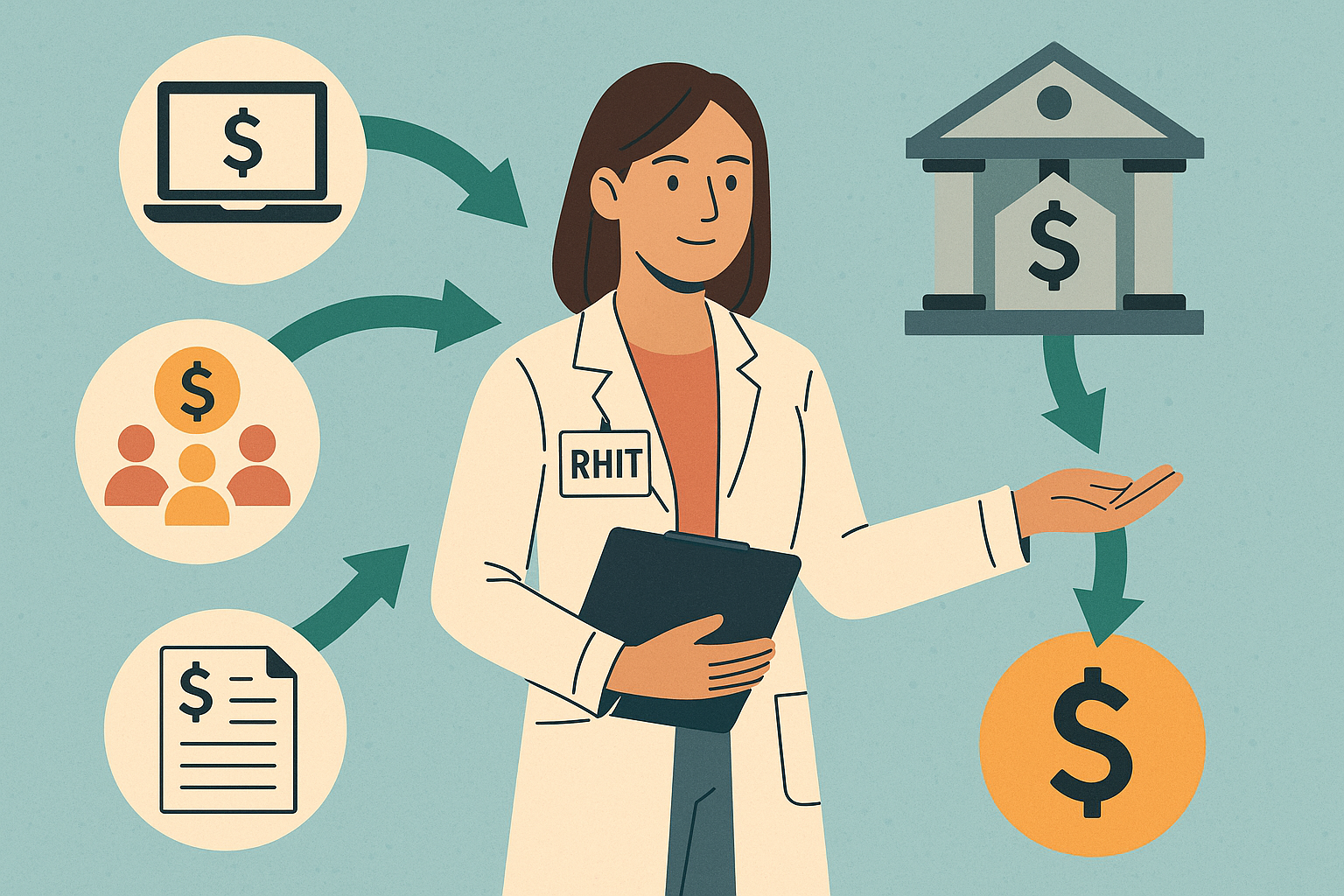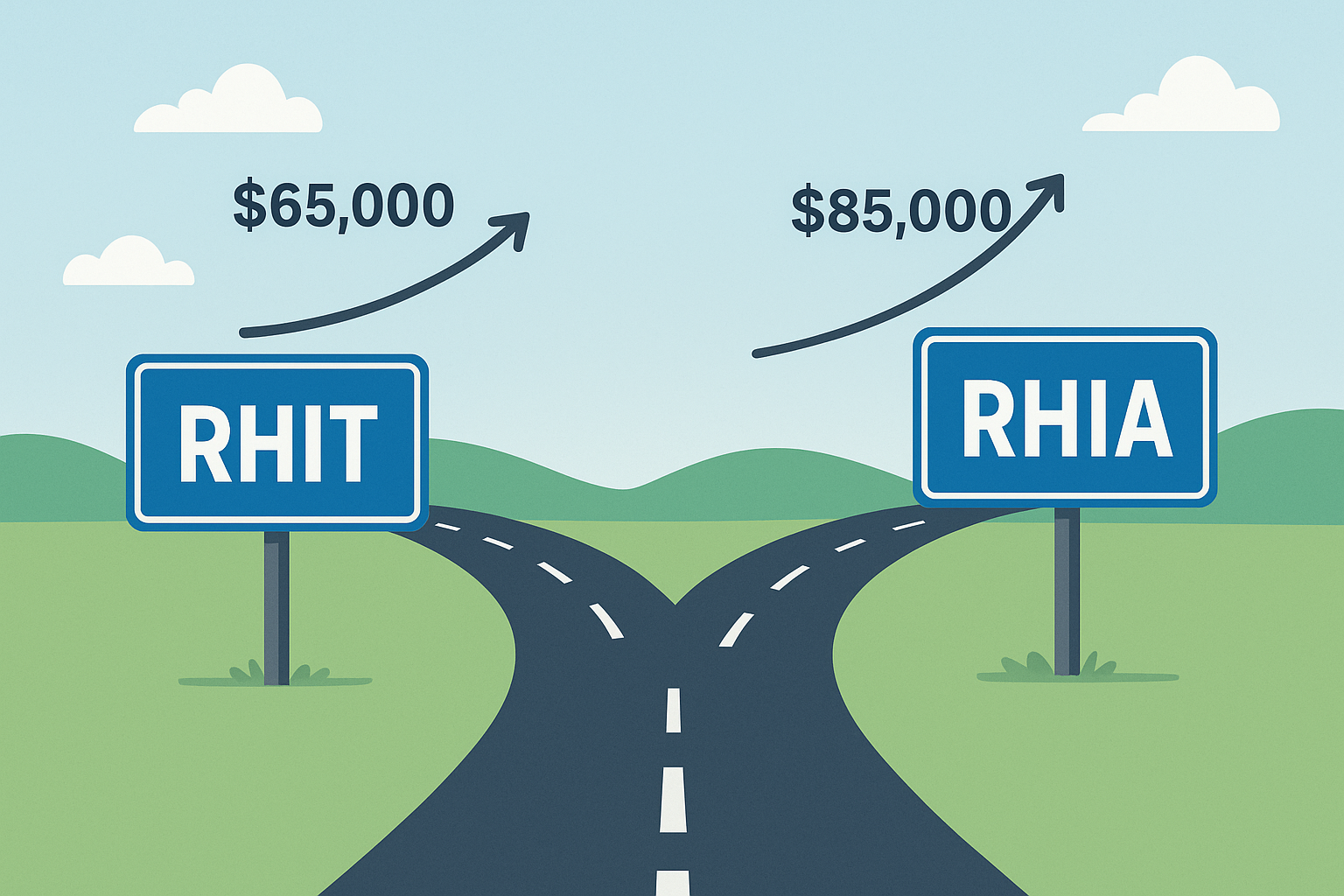The healthcare industry is experiencing unprecedented growth, with employment of health information technologists and medical registrars projected to grow 16 percent from 2023 to 2033, much faster than the average for all occupations according to the Bureau of Labor Statistics. This explosive growth creates unique opportunities for RHIT professionals who understand how to strategically position themselves for maximum earning potential.
Most people think an RHIT certification salary follows a predictable path – you get certified, find a job, and earn whatever the market offers. I’ve discovered that’s completely wrong. After years in this field and watching colleagues transform their financial situations, I can tell you there are specific strategies that can literally double your income if you know how to implement them correctly.
Table of Contents
- The Geographic Money Game: Location Hacks That Pay
- Timing Your Certification Like a Wall Street Pro
- Hidden Income Streams Beyond Your Base Salary
- RHIT vs RHIA: Which Path Actually Pays More?
- Salary Negotiation Secrets They Don’t Teach You
- ValidGrad: Your Educational Documentation Partner
- Final Thoughts
TL;DR
- Remote work from high-paying cities while living in low-cost areas can boost your real income by 40-60%
- Rural healthcare facilities often pay 15-25% above market rate plus bonuses to attract RHIT professionals
- Strategic timing of your certification around healthcare budget cycles can increase starting salaries by 8-12%
- Stacking RHIT with CCS certification typically results in 35-45% higher compensation than either alone
- RHIT professionals can earn $200-$500 per hour as expert witnesses in legal cases
- Military veterans can achieve negative education costs while earning during RHIT training
- Consulting work can pay 2-3x your hourly employment rate
The Geographic Money Game: Location Hacks That Pay
Most RHIT professionals think location only matters for cost of living, but I’ve discovered that strategic geographic positioning can dramatically increase your earning potential. The key isn’t just finding high-paying areas—it’s understanding how to leverage location differences, remote work opportunities, and cross-border salary arbitrage to maximize your real income while minimizing your expenses.
When I started researching RHIT certification salary patterns across different regions, I found something fascinating. The traditional advice about moving to expensive cities for better pay completely misses the bigger picture.
The Rural-Urban Income Flip You Haven’t Considered
Everyone assumes urban areas automatically mean better pay, but when you factor in cost of living, rural markets often deliver superior wealth-building opportunities. I’ve seen RHIT professionals in small towns achieve higher disposable income than their big-city counterparts, especially when rural facilities compete aggressively for scarce talent.
Rural hospitals face a constant struggle to attract qualified professionals. They know they’re competing against urban facilities with better amenities and more career advancement opportunities. Their solution? Premium compensation packages that often include signing bonuses, student loan forgiveness, and housing assistance.
Remote Work: Your Secret Weapon for Geographic Arbitrage
Landing a remote RHIT position with a company based in expensive metropolitan areas while living in affordable regions represents one of the most powerful income optimization strategies available. You’re essentially capturing big-city salaries without big-city expenses, creating a 40-60% boost in your real purchasing power.
Consider Sarah, an RHIT professional who secured a remote position with a San Francisco-based health system while living in rural Tennessee. Her $75,000 salary from the California employer provides the same purchasing power as a $120,000 salary would in San Francisco, while her Tennessee cost of living allows her to save 40% more than her urban counterparts earning similar nominal wages.
The remote work revolution has permanently changed how healthcare organizations think about talent acquisition. Many health systems realized during the pandemic that certain RHIT functions can be performed effectively from anywhere with a secure internet connection.
Healthcare Deserts Pay Premium Prices
Rural hospitals and clinics in underserved areas face chronic staffing shortages, which translates directly into premium compensation packages for RHIT professionals willing to work there. These facilities routinely offer 15-25% above market rates, plus signing bonuses, relocation assistance, and student loan forgiveness programs that can add tens of thousands to your total compensation.
I know an RHIT professional who moved to a small town in Montana and received a $15,000 signing bonus, $25,000 in student loan forgiveness over three years, and a salary that was 20% higher than what she was earning in Denver. The cost of living was so much lower that she bought a house within six months – something that would have taken years in Colorado.
Cross-Border Salary Strategy
Living near state borders opens up unique opportunities to optimize your earning potential by working in high-wage states while maintaining residence in lower-cost areas. This strategy becomes even more powerful when you factor in state tax differences and multi-state licensing benefits.
State Tax Optimization That Actually Works
Working in states without income tax (like Texas or Florida) while living in nearby lower-cost areas can increase your take-home pay by 5-8% annually. This might not sound huge, but over a 30-year career, we’re talking about tens of thousands in additional wealth accumulation.
Multi-State Licensing Opens Hidden Opportunities
Maintaining RHIT credentials across multiple states creates access to temporary assignments, contract work, and emergency staffing opportunities that command 20-40% salary premiums. The initial investment in additional licensing pays for itself quickly when you can capitalize on high-demand situations.
| Geographic Strategy | Potential Income Increase | Implementation Time | Risk Level |
|---|---|---|---|
| Remote Work Arbitrage | 40-60% real income boost | 3-6 months | Low |
| Rural Premium Markets | 15-25% above market rate | 1-3 months | Medium |
| Cross-Border Employment | 5-8% tax savings | 2-4 months | Low |
| Multi-State Licensing | 20-40% contract premiums | 6-12 months | Medium |
Timing Your Certification Like a Wall Street Pro
The healthcare industry operates on predictable cycles that create windows of opportunity for maximum compensation. Understanding these patterns—from budget cycles to regulatory changes—allows you to time your certification and job searches for optimal financial outcomes.
I learned this lesson the hard way when I completed my certification in July and started job hunting immediately. What I didn’t realize was that most healthcare organizations had already filled their budget allocations for the year and were operating in “wait until next year” mode. If I had understood what is RHIT certification timing relative to industry cycles, I could have secured a significantly better starting position.
Market Cycle Mastery for Maximum Pay
Healthcare hiring follows predictable patterns tied to organizational budget years and seasonal fluctuations. Savvy RHIT professionals who align their job searches with these cycles consistently secure higher starting salaries and better negotiating positions.
Healthcare Budget Calendar Secrets
Most healthcare organizations finalize their budgets in Q4 and begin aggressive hiring in Q1, creating a 3-4 month window where salary negotiations heavily favor candidates. During this period, you can typically secure 8-12% higher offers because organizations have fresh budget allocations and urgent staffing needs.
I’ve watched colleagues who timed their job searches perfectly receive offers that were $5,000-$8,000 higher than identical positions filled just a few months later. The difference? They understood when organizations had money to spend and when they were operating under budget constraints.
Riding the Regulatory Wave for Premium Pay
Major healthcare regulation changes create temporary skill shortages that prepared RHIT professionals can capitalize on for significant salary increases. Positioning yourself ahead of these changes transforms you from a standard employee into a specialized consultant.
As noted in current healthcare education trends, medical billing and coding is recognized as “a rising star in the healthcare field today” with the Bureau of Labor Statistics estimating that at least 27,000 new jobs will be needed in this profession by 2026, creating unprecedented opportunities for skilled RHIT professionals.
ICD-11 Transition: Your Next Big Opportunity
The eventual transition from ICD-10 to ICD-11 will create massive demand for professionals who understand both systems. Early adopters who position themselves as transition specialists can command consultant-level compensation during implementation periods, often earning 50-100% more than standard rates.
Compliance Specialization Premiums
RHIT professionals who specialize in emerging compliance areas like telehealth documentation and AI-assisted coding validation can earn 25-35% above standard rates. These specializations are becoming increasingly valuable as healthcare technology evolves.
Certification Timing Checklist:
- Monitor healthcare budget cycles (Q4 planning, Q1 hiring)
- Track regulatory changes and implementation dates
- Identify emerging compliance requirements
- Plan certification completion 3-6 months before peak hiring
- Build specialized skills before industry-wide demand peaks
- Network with early adopters in regulatory changes
Hidden Income Streams Beyond Your Base Salary
Your RHIT certification opens doors to multiple revenue streams that most professionals never explore. Building these alternative income sources creates financial resilience and growth potential that traditional employment alone cannot match.
I wish someone had told me about these opportunities when I first got certified. I spent three years earning a standard RHIT certification salary before I discovered that my skills were worth significantly more in alternative markets. Once I started exploring these options, my total annual income increased by 60% within 18 months.
Credential Stacking for Exponential Growth
Strategic accumulation of complementary certifications creates exponential rather than additive salary growth. The right combination of credentials can yield 50-70% higher compensation than single certifications because you become significantly more valuable and versatile to employers.
According to AHIMA’s 2019 salary survey data, RHIT certified professionals earn an average RHIT certification salary of $70,300 per year, as reported by Herzing University, but this baseline can be dramatically increased through strategic credential combinations.
The RHIT-CCS Power Combination
Holding both RHIT and Certified Coding Specialist credentials typically results in 35-45% higher compensation than either credential alone. This combination demonstrates both technical expertise and practical application skills, making you incredibly valuable to healthcare organizations looking to reduce training costs and improve efficiency.
Micro-Certifications That Pay Big
Emerging micro-credentials in specialized areas like clinical documentation improvement, revenue cycle optimization, and healthcare analytics can add $5,000-$15,000 annually to your base RHIT salary. These focused certifications require minimal time investment but demonstrate cutting-edge expertise.
When pursuing additional certifications, professionals often need to verify their educational foundation – understanding how to get a college transcript becomes essential for certification applications and employer verification processes.
Building Your Alternative Income Architecture
Creating multiple revenue streams around your RHIT expertise provides financial security and growth opportunities that traditional employment cannot match. The key is starting small and gradually building these income sources while maintaining your primary job.
Michael, a veteran RHIT professional, built a consulting practice by starting with weekend projects for small clinics. He began charging $75/hour for documentation audits while earning $28/hour at his full-time job. Within 18 months, his weekend consulting generated $25,000 annually, and he eventually transitioned to full-time consulting at $150/hour.
Your Consulting Transition Pathway
RHIT professionals can gradually transition to consulting by taking on weekend and evening projects, potentially earning 2-3x their hourly employment rate while maintaining job security. This approach allows you to test the waters and build a client base before making any major career changes.
Educational Revenue Streams That Scale
Creating and selling RHIT exam preparation materials, offering tutoring services, or developing online courses can generate $10,000-$50,000+ in annual passive income. Once created, these educational products continue generating revenue with minimal ongoing effort.
Expert Witness Opportunities Worth Hundreds Per Hour
Experienced RHIT professionals can earn $200-$500 per hour as expert witnesses in medical malpractice cases, healthcare fraud investigations, and insurance disputes. This specialized work requires deep expertise but offers exceptional hourly compensation for qualified professionals.
| Income Stream | Hourly Rate | Time Investment | Scalability | Setup Time |
|---|---|---|---|---|
| Base Employment | $25-$35 | 40 hours/week | Low | N/A |
| Consulting | $75-$150 | 10-20 hours/week | High | 3-6 months |
| Expert Witness | $200-$500 | 5-10 hours/month | Medium | 12-24 months |
| Educational Products | $50-$200/hour equivalent | 20 hours initial | Very High | 6-12 months |
| Coding Audits | $60-$100 | 15-25 hours/week | High | 1-3 months |
RHIT vs RHIA: Which Path Actually Pays More?
The choice between RHIT and RHIA certification creates fundamentally different career trajectories with distinct salary ceilings and growth patterns. Understanding these differences helps you make strategic decisions about your educational investment and long-term earning potential.
I get asked about this constantly, and the answer isn’t as straightforward as most people think. While RHIA typically offers higher long-term earning potential, the RHIT salary path provides faster entry into the workforce and quicker return on investment, making the “better” choice highly dependent on your personal circumstances and career goals.
The Strategic Career Fork Decision
RHIA certified professionals earn an average salary of $91,450 per year compared to RHIT’s $70,300, according to AHIMA’s 2019 salary survey, but this 30% difference doesn’t account for the total cost of education and time to market.
Entry-Level Velocity Advantage of RHIT
RHIT certification requires only an associate degree compared to RHIA’s bachelor’s requirement, allowing you to enter the workforce 2-3 years earlier and begin earning while RHIA candidates complete additional education. This head start can be worth $70,000-$90,000 in additional lifetime earnings, even if RHIA salaries are ultimately higher.
Jennifer chose RHIT and entered the workforce at 20 with a $45,000 starting salary. By age 22, when her RHIA-pursuing classmates graduated, she had earned $90,000 and received two promotions. Her early market entry and experience-based salary growth allowed her to match RHIA starting salaries through pure tenure and specialization.
For professionals weighing educational investments, exploring get an associates degree options can provide crucial insights into the RHIT pathway’s time-to-market advantages.
Understanding Management Track Limitations
While RHIT professionals can advance to supervisory roles, C-suite positions typically require RHIA credentials, creating a salary ceiling that can be overcome through strategic credential stacking or specialized expertise development. However, many RHIT professionals earn more than RHIA managers through specialization and alternative income streams.
Cost-Benefit Analysis That Actually Matters
RHIT certification costs approximately $15,000-$25,000 in total education expenses compared to RHIA’s $40,000-$60,000. RHIT professionals typically achieve positive ROI within 18-24 months versus 3-4 years for RHIA, making RHIT the more financially efficient choice for many career changers and budget-conscious students.
RHIT vs RHIA Decision Framework:
- Calculate total education costs including opportunity cost
- Assess your timeline for entering the workforce
- Evaluate long-term career goals (management vs specialization)
- Consider alternative income stream potential
- Factor in geographic market preferences
- Analyze your risk tolerance for educational investment
Salary Negotiation Secrets They Don’t Teach You
Most RHIT professionals accept the first offer they receive, leaving thousands of dollars on the table annually. Understanding market intelligence gathering and negotiation timing can dramatically improve your compensation packages throughout your career.
I made this mistake early in my career and it cost me dearly. I was so excited to receive my first RHIT certification salary offer that I accepted immediately without any negotiation. Later, I discovered that the organization had budgeted 15% more for the position and would have gladly paid it if I had simply asked.
Market Intelligence Gathering That Works
Accessing real-time salary data and market conditions through professional networks and industry resources provides negotiation advantages worth thousands annually. The key is knowing where to look and how to interpret the data you find.
Professional Association Salary Surveys
AHIMA’s annual salary surveys reveal regional variations and specialty premiums that can inform your negotiation strategies. Some specializations command 20-30% above base RHIT certification salary rates, but you need to know which ones and how to position yourself accordingly.
Healthcare System Benchmarking Strategies
Large healthcare systems often have standardized pay scales that can be researched through public records requests or employee networks. This information provides concrete negotiation baselines and helps you understand exactly where you fit in their compensation structure.
Negotiation Timing That Maximizes Results
Understanding organizational budget cycles, staffing pressures, and market conditions creates optimal windows for salary negotiations that can yield 15-25% higher offers. Timing isn’t everything, but it’s a significant factor that most professionals completely ignore.
End-of-Fiscal-Year Leverage
Healthcare organizations often have unused budget allocations in Q4 that can be captured through strategic job applications or internal promotion requests during September-November periods. This timing can make the difference between a standard offer and a premium compensation package.
Staffing Crisis Premiums
During periods of high turnover or rapid expansion, RHIT professionals can negotiate sign-on bonuses, accelerated salary reviews, and premium compensation packages that wouldn’t be available during stable periods. Recognizing these opportunities requires staying connected to industry trends and organizational challenges.
The current healthcare education landscape shows strong demand, with programs like Southern New Hampshire University’s Bachelor of Science in Health Information Management experiencing significant growth as healthcare organizations compete for qualified professionals.
When negotiating salaries, professionals should understand cost of a college degree to effectively communicate their educational investment and justify compensation requests.
Salary Negotiation Preparation Checklist:
- Research current market rates for your specialization
- Document your unique value propositions and achievements
- Identify optimal timing windows (budget cycles, staffing needs)
- Prepare alternative compensation requests (benefits, flexibility)
- Practice negotiation scenarios with trusted colleagues
- Gather competing offers or market benchmarks
- Plan follow-up strategies for different response scenarios
ValidGrad: Your Educational Documentation Partner
While pursuing RHIT certification represents a significant career investment, many professionals face challenges when their original educational documents are lost, damaged, or need replacement for professional display purposes. ValidGrad understands that healthcare professionals often need to maintain multiple copies of their credentials for various professional settings—from office displays to backup documentation for licensing boards and employers.
Whether you’re showcasing your educational foundation while pursuing RHIT certification or need replacement documents for professional presentations, ValidGrad’s document replacement services ensure your educational achievements are properly represented throughout your healthcare career journey. This becomes particularly valuable for RHIT professionals who frequently need to demonstrate their educational qualifications to employers, clients, or professional organizations across multiple locations and settings.
Professional presentation matters significantly when you’re negotiating for higher RHIA positions or consulting contracts. Having properly displayed credentials can influence client confidence and justify premium RHIT salary requests during negotiations.
For healthcare professionals who need to maintain professional documentation, understanding how to display certificates on wall becomes essential for creating impressive office presentations that support salary negotiations and client confidence.
Ready to ensure your educational credentials are properly documented and displayed? Contact ValidGrad today to learn how we can help you maintain professional documentation that supports your growing healthcare career.
When educational documents are lost or damaged, professionals can explore replacing a lost diploma services to maintain their professional credibility and career advancement opportunities.
Final Thoughts
Your RHIT certification salary potential extends far beyond the basic numbers you’ll find in standard salary surveys. The strategies I’ve outlined here—from geographic arbitrage to credential stacking to alternative income streams—can literally double or triple your earning potential over the course of your career.
The healthcare industry rewards professionals who think strategically about their careers, not just those who show up and do good work. By understanding market cycles, leveraging location advantages, and building multiple income streams, you can transform your RHIT certification from a simple credential into a wealth-building platform.
Remember, these strategies work best when implemented gradually and systematically. You don’t need to relocate across the country or quit your job tomorrow to start benefiting from these insights. Pick one or two strategies that align with your current situation and begin implementing them while you continue building your expertise and professional network.
The RHIT professionals who achieve exceptional financial success aren’t necessarily the smartest or most talented—they’re the ones who understand how the system works and position themselves accordingly. The difference between standard RHIA career paths and exceptional ones often comes down to strategic thinking rather than technical skills alone. Now you have the knowledge to join their ranks.


